Magnetic resonance imaging (MRI) is a medical technique that can capture images from inside the living body by using powerful magnets and radio waves. Nowadays, MRIs are routinely used to examine internal body structures and diagnose diseases without having to cut anything open.
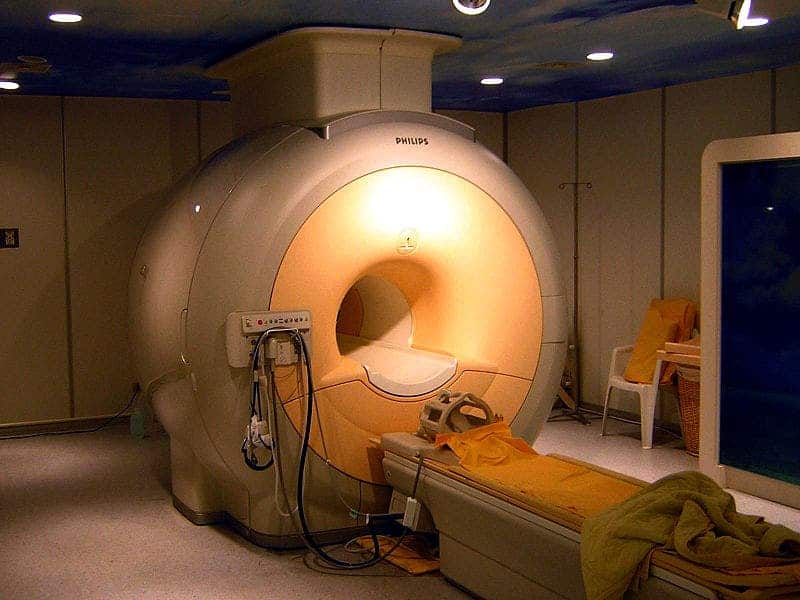
The first MRI scanner for the human body was invented in 1977. Since then, the technology has proven revolutionary in medical practice and neuroscience.
The invention of X-ray imaging, which allows doctors to see bone fractures and dislocations, changed medicine forever. Later came ultrasound imaging, computed tomography (CT), and MRI. The latter came as a natural complementary technology, which allowed doctors to see the structure of cartilage, ligaments, muscles, joints, and other types of tissue that can’t be possibly shown by an X-ray.
How MRI works
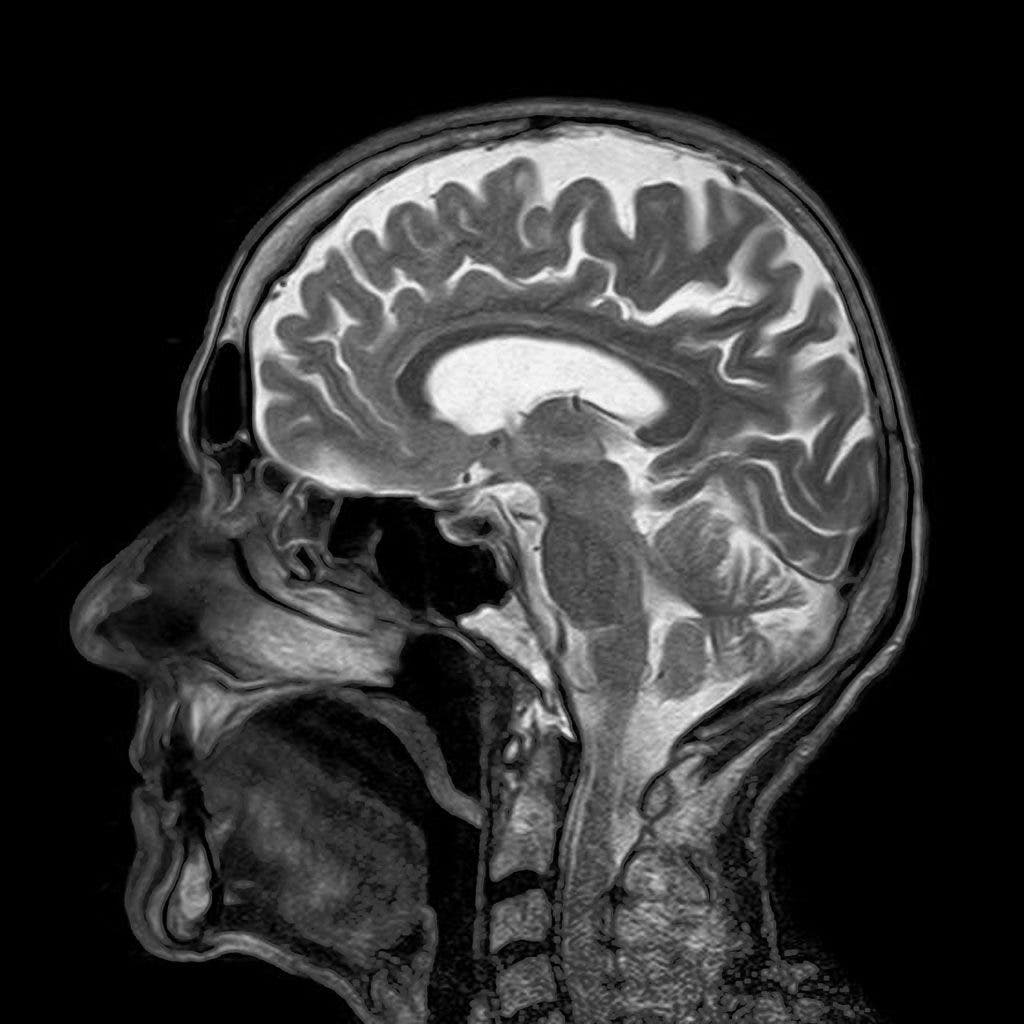
Unlike other imaging methods that employ radiation, MRIs rely on huge magnetic fields to scan living internal structures.
An MRI scanner is essentially a giant magnet. Most MRI scanners found in hospitals operate at 0.5 to 3 Tesla (the unit of measurement for magnetic field). For comparison, the planet’s magnetic field sits at around 0.00006 T — that’s 60,000 times weaker than a typical MRI’s magnetic field.
Generating a magnetic field of this magnitude entails quite the setup. Most MRI devices use a superconducting magnet which creates a magnetic field by passing electricity through many coils. Maintain a magnetic field up to 2 Tesla in strength requires a lot of energy, which is an MRI’s wires are bathed in liquid helium that cools them near absolute zero. At nearly minus 269°C, the wires achieve superconductivity, meaning electricity can flow through them with virtual no resistance.
In order to image the internal structure of biological entities, MRIs exploit the physical properties of water. The interaction between magnetic fields and radio waves generated by water (particularly its hydrogen atoms) can be used to map the location of water molecules.
Humans are about 65% made of water, so it’s fairly straightforward to generate images using this method.
Water molecules (H2O) are made of hydrogen protons and oxygen. And it’s the hydrogen atoms that are the most important part of the mechanism that enables MRI machines.
Like Earth, hydrogen protons spin on their own axis. Each spinning hydrogen proton is like a tiny magnet that spins around its own axis, a motion known as precession.
Our body contains billions of hydrogen protons all spinning differently on their axes in random positions.
However, when a person steps in an MRI machine, the very powerful magnetic field causes the hydrogen protons spinning axes to realign with the scanner’s magnetic field (also known as the B0 field). This is similar to how a compass needle aligns with Earth’s magnetic field.
Some of these protons will align “up” (parallel) and some will align “down” (anti-parallel). About half go each way, so the magnetic fields cancel each other. But due to quantum mechanical effects, there are slightly more “up” protons, only about a couple out of every million. Although that may not sound like a lot, the sheer number of hydrogen atoms found in the human body means there are enough unmatched protons to create a very detailed image.
At this stage of the scanning, the MRI machine fires a radio frequency pulse towards the area of the body that needs to be examined. The pulse is tuned such that only the hydrogen protons respond, causing the unmatched protons to absorb the energy and spin in a different direction — this is the resonance part of MRI.
During the same time, three additional magnets, known as gradient magnets, are switched on besides the main magnetic field. These additional magnets are turned on and off rapidly, affecting the local magnetic field. In each fraction of a second that the magnet is turned on, a “slice” of the area to be imaged is generated.
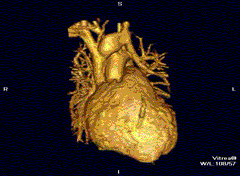
After the MRI’s magnetic field is switched off, the protons gradually return to their normal precession and release the energy absorbed from the radiofrequency pulse. The signal is picked up by the coils and sent to a computer which ultimately converts it into an image. Since different body tissues generate different radio signals, the MRI is able to distinguish various types of tissue.
In summary, the physical principles of MRI can be divided into three stages: magnetization, resonance, and relaxation.
Types of MRI
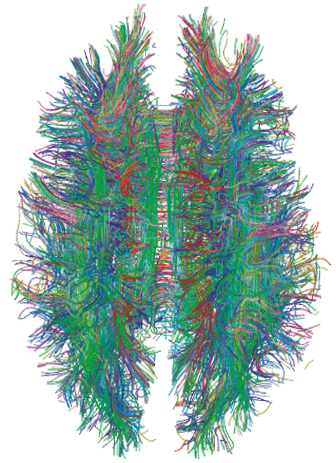
There are many forms of MRI, but the two most common ones are functional MRI (fMRI) and diffusion MRI.
Diffusion MRI has only been around for no more than 20 years. This type of MRI imaging is based upon measuring the random Brownian motion of water molecules with a tissue. Certain diseases can restrict this diffusion, something that is particularly true for cancers. As such, this method can be a very effective diagnostic tool.
Functional MRI, or fMRI, doesn’t just provide structural imaging — it can also be used to visualize functional activity, in the brain. It works by measuring changes in blood flow to different areas of the brain. This is how scientists are able to determine which parts of the brain are responsible for certain functions, making fMRI an integral part of modern neuroscience research. It can also be used to assess damage from an injury or brain disease like Alzheimer’s.
What taking an MRI looks like
Before the procedure, a doctor will ask the patient to strip off all their jewelry, credit cards, phone, and anything with metal parts. Patients also have to answer questions about their medical history, especially if any surgery or operation took place that resulted in an implant.
During an MRI, a patient who requires an internal body scan will first lie on a movable table, which then slides into a doughnut-shaped opening of the machine.
Although the magnetic fields generated by an MRI are enormous, these pose no risks to human health. However, people undergoing an MRI might complain about loud sledgehammer-like noises that the machine produces during its operation.
Once the loud hammering noise starts, the person undergoing the MRI scan needs to lie perfectly still otherwise they might have to repeat the procedure all over again.
A typical MRI scan lasts 30 to 60 minutes. A certified radiologist will then look at the final images and report the results to your doctor.
The risks of using MRI
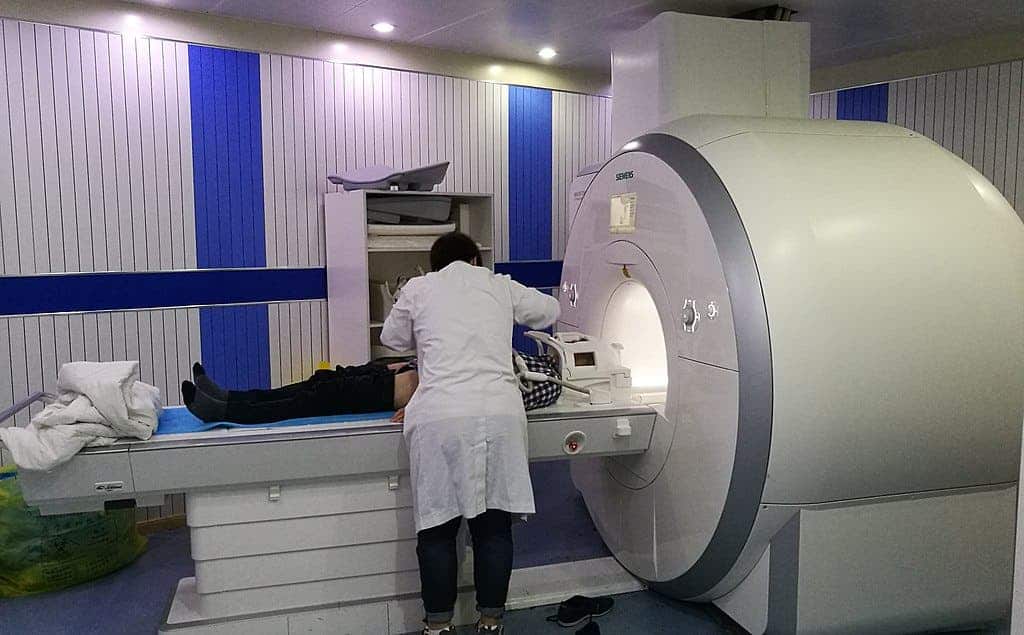
MRI is considered one of the safest imaging procedures. Unlike X-ray machines or CT scanners, MRIs do not employ ionizing radiation. For this reason, for instance, MRI can be safely used to image a fetus during pregnancy or other vulnerable patients. A person will typically feel nothing out of the ordinary when undergoing a body scan (apart from the loud noise) and there are no known biological hazards for humans associated with the exposure to the strong magnetic field.
That being said, the procedure is not without any risks. An MRI generates a huge magnetic field — it’s basically a huge magnet. And we all know what’s attracted to magnets: metal.
In today’s age, many people have metal implants, from pacemakers to artificial joints and metal plates. These implants can heat up or move considerably inside a magnetic field. Fortunately, many implants performed today are designed to be MR-safe.
In any event, no metal objects should be inside the MRI room when the machine is turned on. Even a pen or paperclip can be turned into extremely dangerous projectiles that fly towards the opening of the magnet at very high velocity.
There’s also something to be said about the loud noise produced by the machine. Patients are always asked to wear ear protection when stepping inside an MRI.
Credit cards and anything with magnetic encoding will be erased, so that’s something to consider as well.


